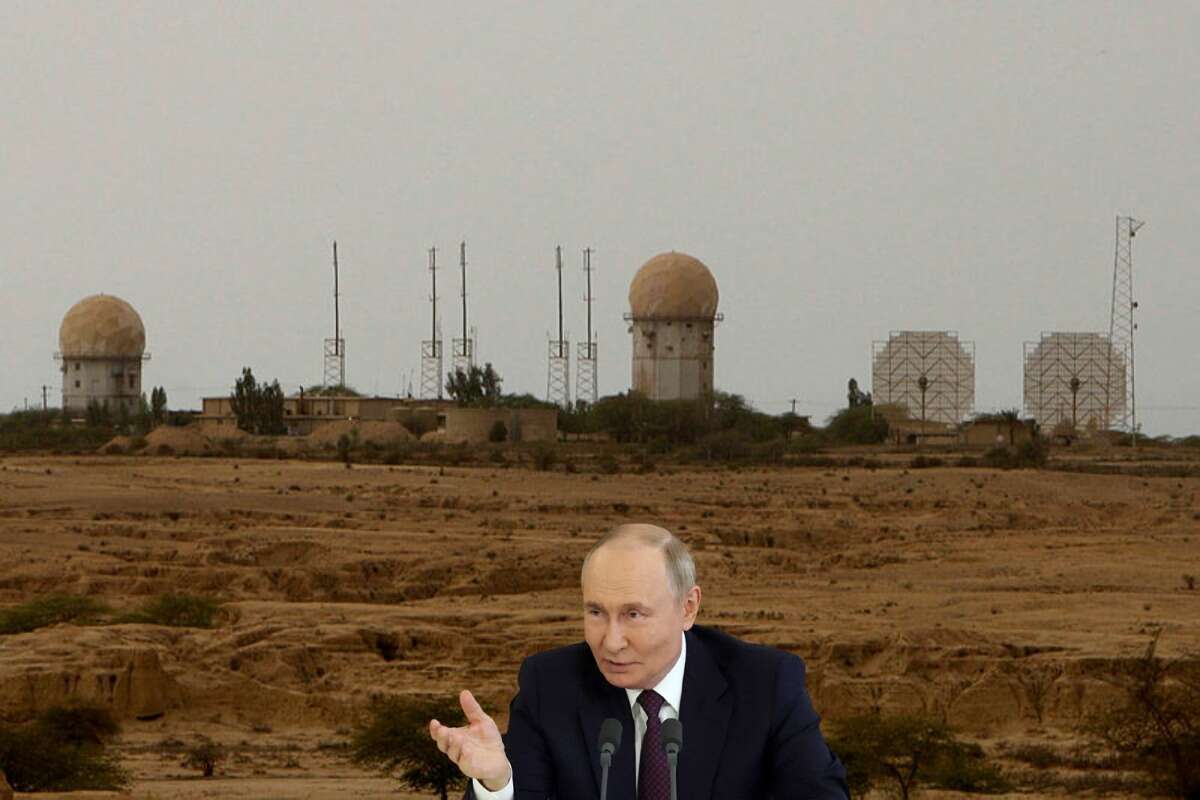clandestine Iranian delegation with direct ties to Tehran’s disbanded nuclear weapons program traveled to Moscow in August 2024, visiting Russian research facilities and requesting tritium – a radioactive material that nuclear proliferation experts describe as having virtually no civilian uses and primarily employed to dramatically amplify nuclear warhead destructive power, according to a comprehensive Financial Times investigation that has alarmed Western intelligence agencies tracking Iranian efforts to acquire nuclear-relevant technologies through foreign procurement networks.
Financial Times found that the five-person team included scientists affiliated with SPND, Iran’s most secretive military research organization, which US officials have identified as “the direct successor organisation to Iran’s pre-2004 nuclear weapons program.” The delegation simultaneously requested tritium and other radioactive isotopes from Russian suppliers – materials that nuclear proliferation experts consider highly suspicious when sought by defense-linked entities.
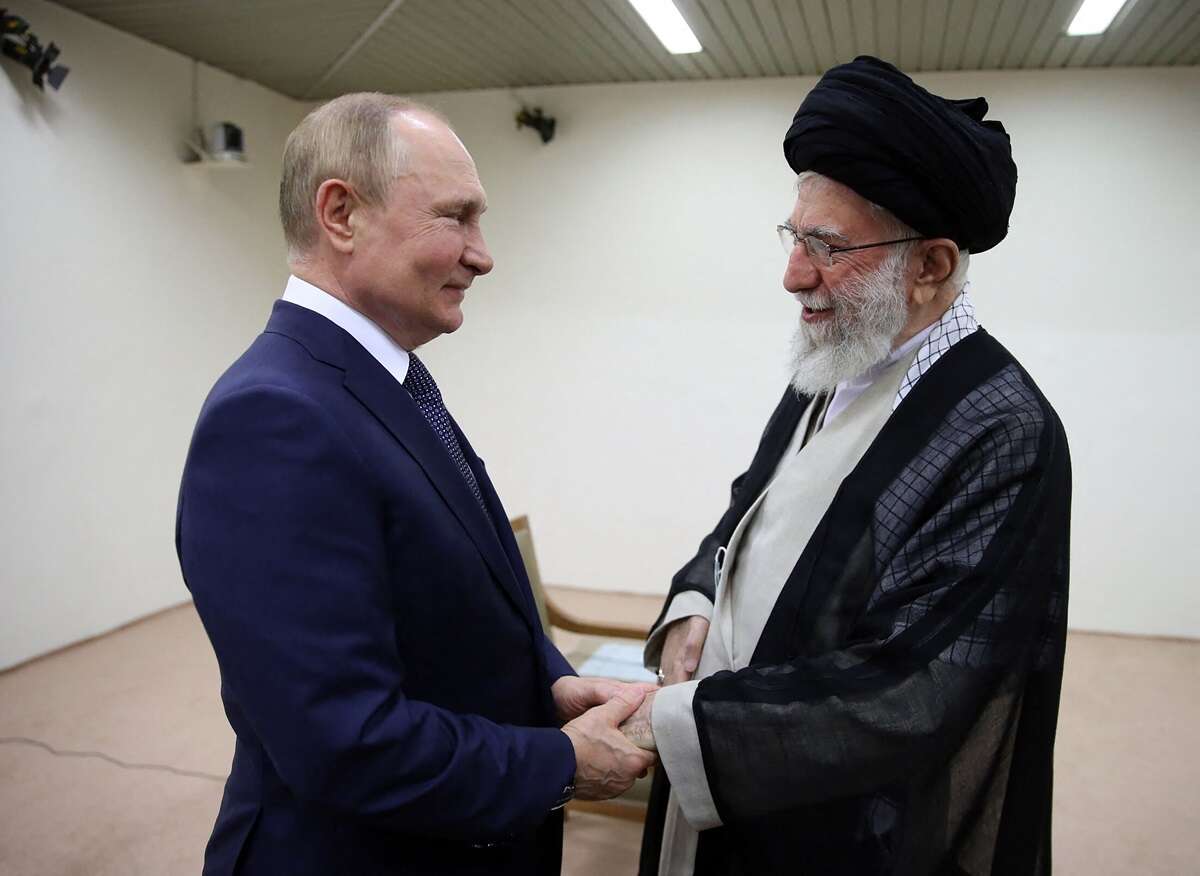 Iranian Supreme Leader Ayatollah Ali Khamenei (R) receiving Russian President Vladimir Putin in Tehran, July 19, 2022 (SalamPix/ABACA via Reuters Conne)
Iranian Supreme Leader Ayatollah Ali Khamenei (R) receiving Russian President Vladimir Putin in Tehran, July 19, 2022 (SalamPix/ABACA via Reuters Conne)
At 9:40 a.m. on August 4, 2024, Mahan Air flight W598 from Tehran touched down at Moscow’s Sheremetyevo International Airport carrying Ali Kalvand, a 43-year-old Iranian nuclear physicist, along with four associates he identified as employees of DamavandTec, his consulting company headquartered in Tehran. However, Financial Times investigation determined the business delegation narrative was fabricated.
The Iranian team had flown to Russia carrying diplomatic service passports – some bearing sequential numbers and issued on identical dates just weeks before their departure. The delegation included an Iranian nuclear researcher who Western officials told Financial Times works for SPND, the former chief executive of a company sanctioned for operating as a procurement front for SPND activities, and an Iranian military counter-intelligence officer.
Financial Times investigation found this Iranian team visited Russian scientific institutes producing dual-use technologies – components with civilian applications but which experts say possess potential applications in nuclear weapons research. Financial Times also examined a letter that DamavandTec sent to a Russian supplier in May 2024, in which Kalvand expressed interest in obtaining several isotopes – including tritium.
The Moscow journey took place during a period when Western governments were identifying suspicious Iranian scientific activities, including attempts to procure nuclear-relevant technology from international sources. Western intelligence services believe Iran previously operated a secret nuclear weapons program which Supreme Leader Ayatollah Ali Khamenei terminated in 2003.
“We consider that a type of nuclear weapons program – to shorten the timeline,” David Albright, an expert on Iran’s nuclear program who leads the non-profit Institute for Science and International Security, told Financial Times. “The leadership didn’t want to make a decision to build a weapon for various reasons. This sort of research activity allowed the leadership to say there was no nuclear weapons program.”
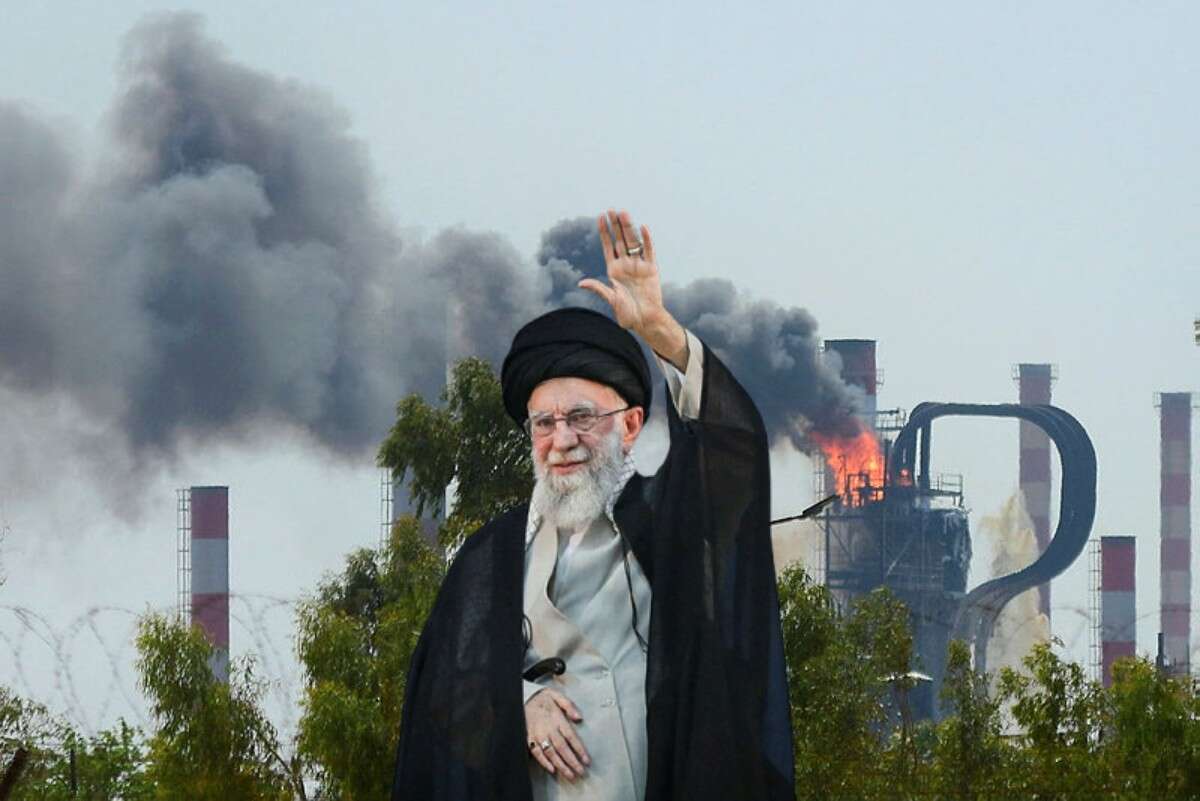 Smoke rises up in a unit of the Abadan oil refinery in southwestern Iran (Pictured: Iran’s Supreme Leader Ali Khamenei) / (Farid Hamoudi/Fars News/WANA; KHAMENEI.IR / AFP)
Smoke rises up in a unit of the Abadan oil refinery in southwestern Iran (Pictured: Iran’s Supreme Leader Ali Khamenei) / (Farid Hamoudi/Fars News/WANA; KHAMENEI.IR / AFP)
Iran has consistently rejected accusations of pursuing nuclear weapons, referencing a religious fatwa from Khamenei prohibiting their use. The Iranian government did not respond to Financial Times inquiries about the Russia trips. Russia’s official position has always been opposition to an Iranian nuclear bomb.
Multiple non-proliferation experts contacted by Financial Times describe the delegates’ backgrounds, the types of Russian companies they met, and the subterfuge employed during their travel as suspicious.
“It’s disturbing that these types of people can have this type of meeting in Russia, given the state Russia and Iran are in,” Pranay Vaddi, who served until January 2025 as senior director for non-proliferation at the US National Security Council, told Financial Times. “Regardless of whether the Russians are sharing components or technology . . . [SPND] is an organisation who would be applying that specifically to nuclear weapons work.”
SPND represents one of the most controversial elements of Iran’s nuclear activities. A top-secret research unit under Iran’s defense ministry control, US authorities have described SPND as “primarily responsible for research in the field of nuclear weapons development.” The organization was established in 2011 by Mohsen Fakhrizadeh, widely recognized as the architect of Iran’s pre-2003 nuclear weapons program, known as the Amad Plan.
In early 2024, Kalvand received a request from Iran’s defense ministry to utilize his company DamavandTec for arranging a sensitive delegation’s travel to Moscow. By May, Kalvand received correspondence from Oleg Maslennikov, a 78-year-old Russian scientist, inviting Kalvand and four named individuals for an official visit to one of Maslennikov’s Moscow-based companies.
According to Iranian corporate records, sanctions designations and Western officials, members of the traveling party maintain strong connections to SPND. Copies of passports examined by Financial Times show that Iran’s foreign affairs ministry issued two fresh diplomatic service passports on June 12, 2024, for two officials traveling with Kalvand to Russia.
One passport was issued to Javad Ghasemi, 48, who previously served as CEO of Paradise Medical Pioneers, a company US authorities sanctioned in 2019 for being a nuclear weapons-related procurement front under SPND control. Another was issued to Rouhollah Azimirad, who officials told Financial Times is known to Western intelligence agencies as a senior SPND scientist.
The most important delegate may have been nuclear scientist Soroush Mohtashami, an expert on neutron generators, which can be used as components that help trigger explosions in certain types of nuclear weapons. The co-supervisor for his 2023 PhD was Fereydoon Abbasi-Davani. “Neutron generators are key components for nuclear weapons,” Ian Stewart of the James Martin Center for Nonproliferation Studies told Financial Times.
The final member was Amir Yazdian, a 35-year-old employee of Iran’s defense ministry working in counter intelligence, according to Western officials contacted by Financial Times.
Once in Moscow, the Iranian delegation visited Maslennikov’s Tekhnoekspert and Toriy, a research facility near the Polyus Science and Research Institute. These institutes specialize in dual-use technologies that can support nuclear weapons development. Experts say the Iranians could not have visited these sites without FSB approval.
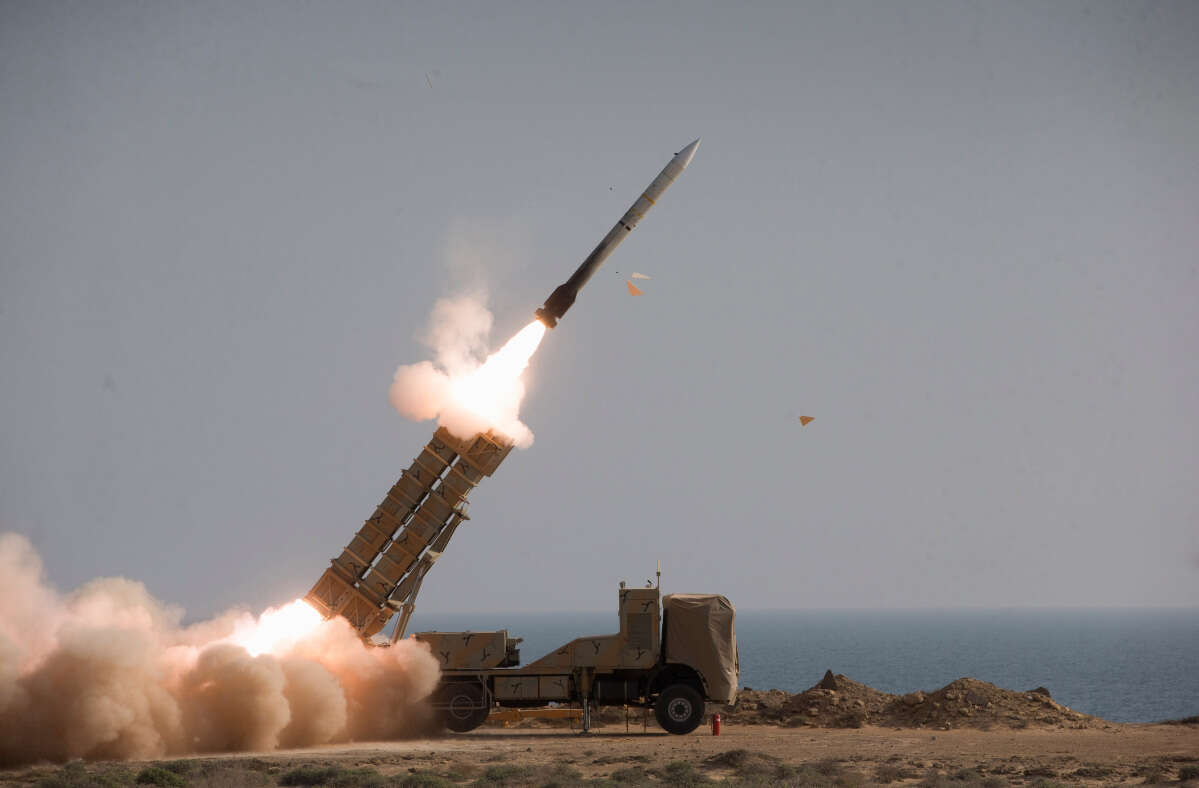 A missile is launched during an Iranian Army exercise dubbed ‘Zulfiqar 1400’, in the coastal area of the Gulf of Oman, Iran, in this picture obtained on November 7, 2021 (Reuters/ Iranian Army/WANA (West Asia News Agency/Handout)
A missile is launched during an Iranian Army exercise dubbed ‘Zulfiqar 1400’, in the coastal area of the Gulf of Oman, Iran, in this picture obtained on November 7, 2021 (Reuters/ Iranian Army/WANA (West Asia News Agency/Handout)
According to Albright, Maslennikov’s expertise suggests the delegation may have been pursuing information relevant to diagnostic tools for nuclear weapon tests. Maslennikov has co-authored papers on multi-beam klystrons – specialized vacuum tubes that support nuclear weapons testing by powering flash X-ray systems used to simulate nuclear blasts without detonation.
“Our best estimate is that the Iranian delegation was interested in high-powered X-ray tubes for flash X-rays,” Albright told Financial Times. “Such systems are used for diagnostic tests of a nuclear weapon’s implosion mechanism.”
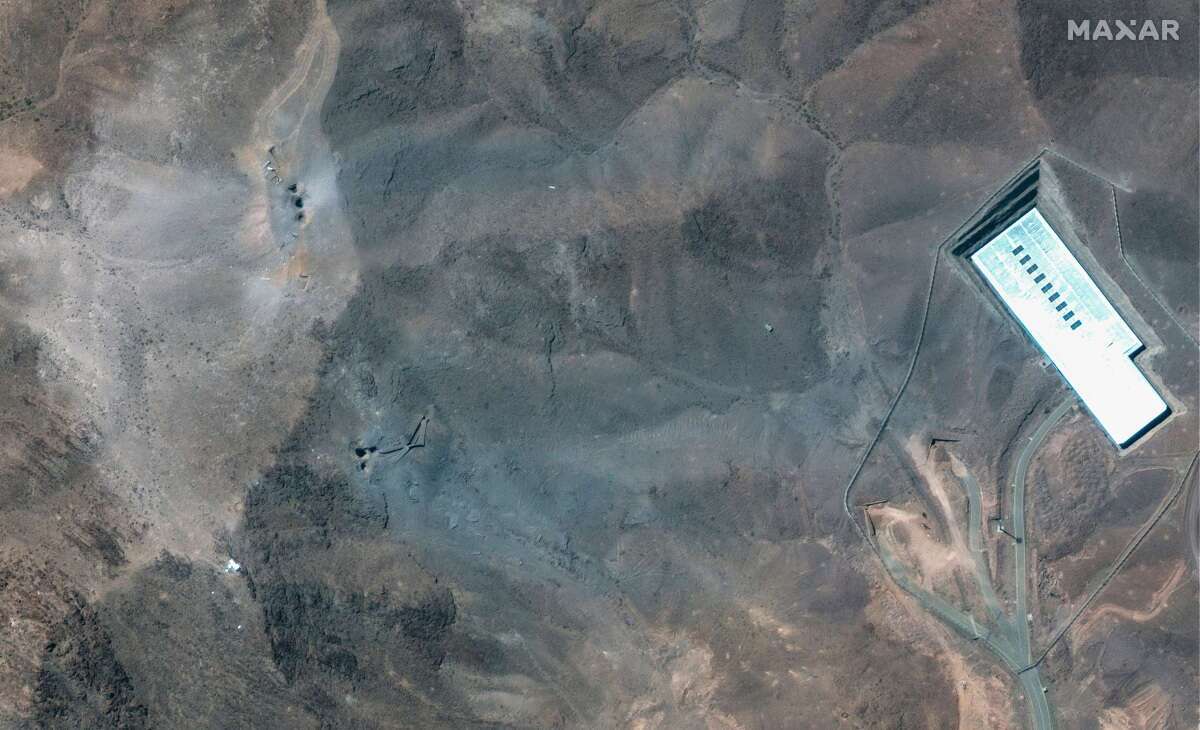 Damage shown at the Fordo nuclear complex after the US strike on June 21, 2025 (AP)
Damage shown at the Fordo nuclear complex after the US strike on June 21, 2025 (AP)
The documents also suggest the delegation’s interest extended to radioactive materials. In late May 2024, Kalvand sent a letter to Ritverc, a Russian supplier of nuclear isotopes, stating that DamavandTec wanted to obtain tritium, Strontium-90 and Nickel-63 for research purposes.
Tritium is considered by experts to be a proliferation red flag due to its role in nuclear weapons. In large amounts it is a core input into creating modern nuclear warheads because it vastly amplifies explosive power.
“Anybody asks for tritium and I automatically assume weapons,” William Alberque, a former head of NATO’s arms control center, told Financial Times. “With the klystrons I think, ‘You clever duck, it could be other things.’ You throw in tritium and I say, that’s a smoking gun.”
